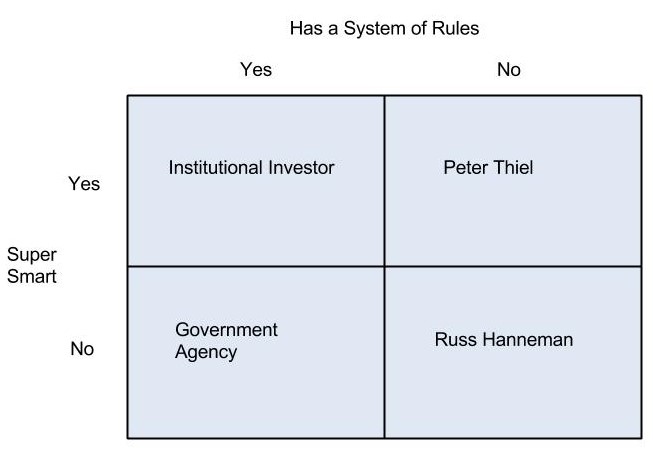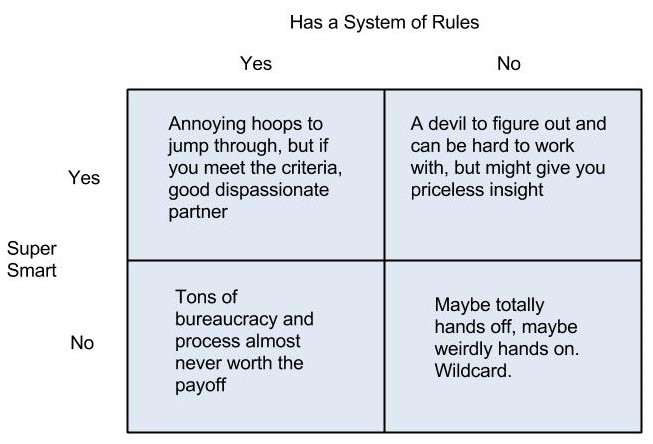Here’s an article I originally wrote for the Prometheus Institute.
————————————————————-
Disagreeing with a man whose face appears on the necktie of many a freedom-lover is perhaps dangerous, but sound reason can’t be sacrificed on the altar of great men – and Smith was a great man.
Indeed, Adam Smith, in his depiction of the division of labor in a pin factory and his timeless prose on the invisible hand and the self-interest of the butcher, offers some of the greatest explanations and defenses of capitalism ever written, even some 230 years later. I consider Smith a great thinker, and a hero of liberty. That doesn’t mean he was never wrong; particularly when it comes to the question of value.
Smith’s thoughts on the derivation of value in his Wealth of Nations laid the groundwork in this area for later thinkers like David Ricardo (another brilliant mind who was right about many other things) and eventually Karl Marx. In the case of the latter we have clearly seen how bad ideas can have horrific real-world consequences. As John Maynard Keynes famously remarked,
“Practical men, who believe themselves to be quite exempt from any intellectual influences, are usually the slaves of some defunct economist.”
I might add too the bad ideas of otherwise good economists.
Smith essentially, though somewhat confusedly, argued that the value of any good was ultimately derived from the amount of labor it took to produce. Money or commodity prices reflected only the nominal but never the real value of a good. In this way he described the different prices of different goods as a simple formula:
“If among a nation of hunters, for example, it usually costs twice the labor to kill a beaver which it does to kill a deer, one beaver should naturally exchange for or be worth two deer.” (The Wealth of Nations, Book I, Chapter VI)
Smith elaborated further by describing other costs of producing a good, including the role of the entrepreneur and capitalist and the profits they require. Unlike Marx, Smith never denigrated the role of the capitalist or the profits they earned, but his conception of value resulting from the cost of production (ultimately labor) opened the door for the idea that anything charged or earned above the cost of real inputs is unnecessary; excellent fodder for anyone anxious to obtain power by appealing to an envious middle class.
The problem with Smith’s analysis is not that the cost of production has no link to the value or money price of a good – indeed, the two are closely connected. He merely had the relationship backwards.
In reality, prices reflect the money equivalent of the value a buyer places on a good. That is to say, an individual who wishes to have a good places an entirely subjective value upon that good as compared to other goods, and the difference is typically expressed in terms of money. If in Smith’s example no one cared for beavers, the cost of killing a beaver wouldn’t matter; the beaver would sell for little or nothing. There is no one value of a good, but each individual values each good differently, as compared to other goods. It is the same for Smith’s supposedly changeless measure of value, labor. An hour of the same kind of labor may be valued (or disdained) to different degrees by different people.
It is for this reason that price is merely the reflection of the amount of money an individual was willing to give up to obtain a given good in the most recent exchange.
However, Smith was correct in seeing a relationship between the cost of production and price: Once a producer or entrepreneur has an indicator of what someone was willing to pay for a good, he can speculate how much others will be willing to pay in the future. He may be incorrect, but he will start with an estimate based on past experience and hope to get an equal or higher price. It is the estimated price (which reflects the value others place on the good) that will dictate how much he can spend on production. If a producer expects a good to sell for $1, he will be willing to spend up to $0.99 to produce it. (This is obviously a simplification, as he may be willing to take short term loss if he expects long term gains, he may want more than a $0.01 profit, etc.) In other words, the amount of labor and other costs of production flow from the expected sale price of the good, not the other way around. No one will spend more to produce an item than they believe others will be willing to pay to buy it.
Smith correctly saw that the various costs which go into production must be paid by the sale price of the final good. What he failed to see is that the costs of production do not create the price of the final good or imbue it with some objective value, but that the subjective value that each consumer places on the good sends signals backwards to producers and tells them how much they can expend on production without suffering a loss.
That Smith saw the factors which go into the production of a good as the cause of the price, rather than the effect, may seem like a small error. But economics, like all attempts to study the behavior of human beings, is a subtle science which requires great attention to the correct logical progression of actions. A misunderstanding between cause and effect can be fatal.
A slight adjustment to the angle of a satellite signal can, when extrapolated over thousands of miles, result in a beam nowhere near its target location. Likewise, looking at an economic phenomenon, such as the price of a good, from an even slightly incorrect angle can result in consequences far greater than imagined when spread over time and by different minds in different cultures. I would never single-handedly blame Adam Smith for the horrors of socialism. But his backwards theory of value contributed, over time and space, to a set of ideas which laid the theoretical groundwork for socialism – a philosophy completely contrary to the views of Smith.
I still admire and respect Adam Smith as one of the world’s great minds and a positive force in the battle for liberty. His conclusions and prescriptions were correct, even though his methodology was sometimes flawed. However, the lessons to be gleaned are to never let admiration for a great mind blind you to areas in which they are in error; and that even correct conclusions, if based on incorrect reasoning, can be dangerous.
Like this:
Like Loading...


